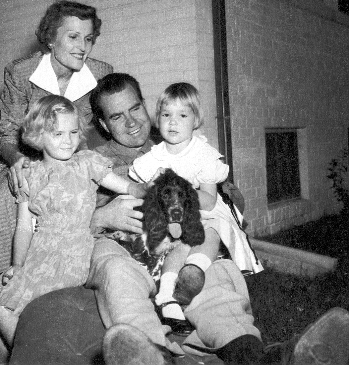
eyeMindCandy
Site Map | Quotes | Glossary | Co-Teachers - Doug and Melissa | Gallery
E-Mail Doug at mrdoug@aznet.net or Melissa at mmckinstry@sdja.com

Is it a trick?

eyeMindCandy
Site Map | Quotes
| Glossary | Co-Teachers -
Doug and
Melissa | Gallery
E-Mail Doug at mrdoug@aznet.net
or Melissa at mmckinstry@sdja.com

Is it a
trick?
The secrets photos keep - Find the hidden clues
in your family snapshots - Donna Jackson -
My Generation, March April 2002, p. 16
That shoebox of family photos in your closet may reveal more than your legendary fashion sense. "Photos can be a powerful tool in helping us dig back into our history an unearth critical truths we never realized before," says Robert Akeret, a psychoanalyst and author of Photolanguage: How Photos Reveal the Fascinating Stories of Our Lives and Relationships. "When people look at photos in depth, intense memories often start spilling out," he continues. "Sometimes the memories are overwhelming and change the way we see the past." Follow Akeret's steps to mine your photos for new clues.
Exercise:
This 1952 photo of vice-presidential candidate Richard Nixon was taken after his famous "Checkers" speech in which he denied accepting any private gifts except one sad-eyed dog. "It's a staged event meant to show a typical American family at its best," says psychoanalyst Robert Akeret. Tricia (age 6, left) seems uncomforatble--why? Finally, look at the condition of Nixon's shoes. "It says, 'Here's a poor American guy and people think he's stealing money,'" says Akeret. "Was that intentional?"
|
|
Melissa and I would like to |